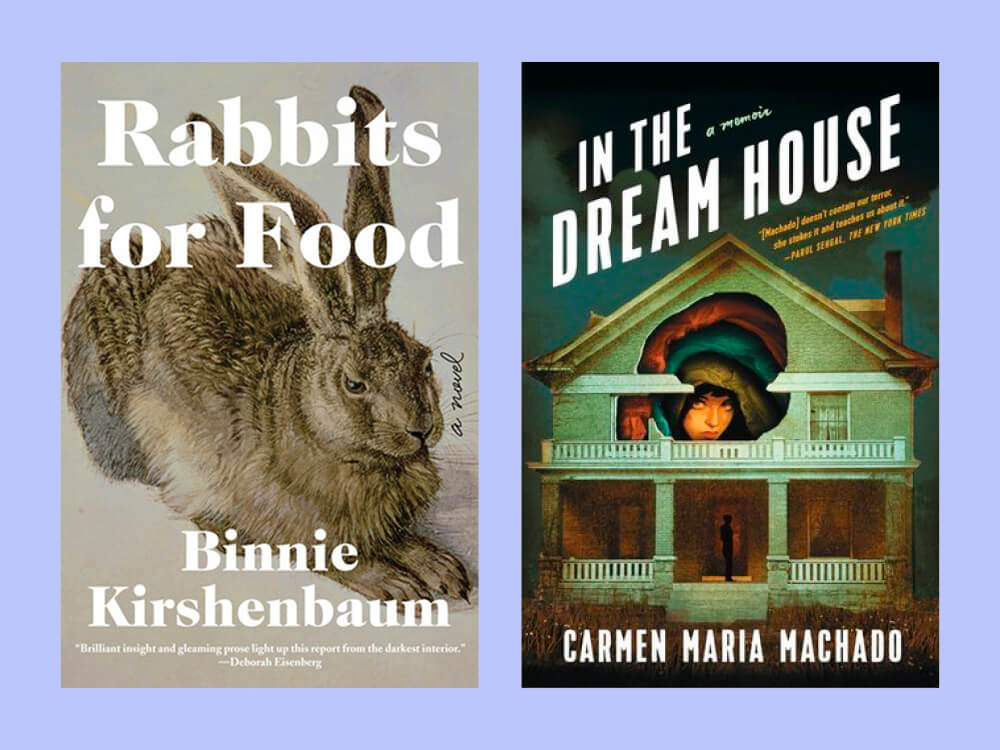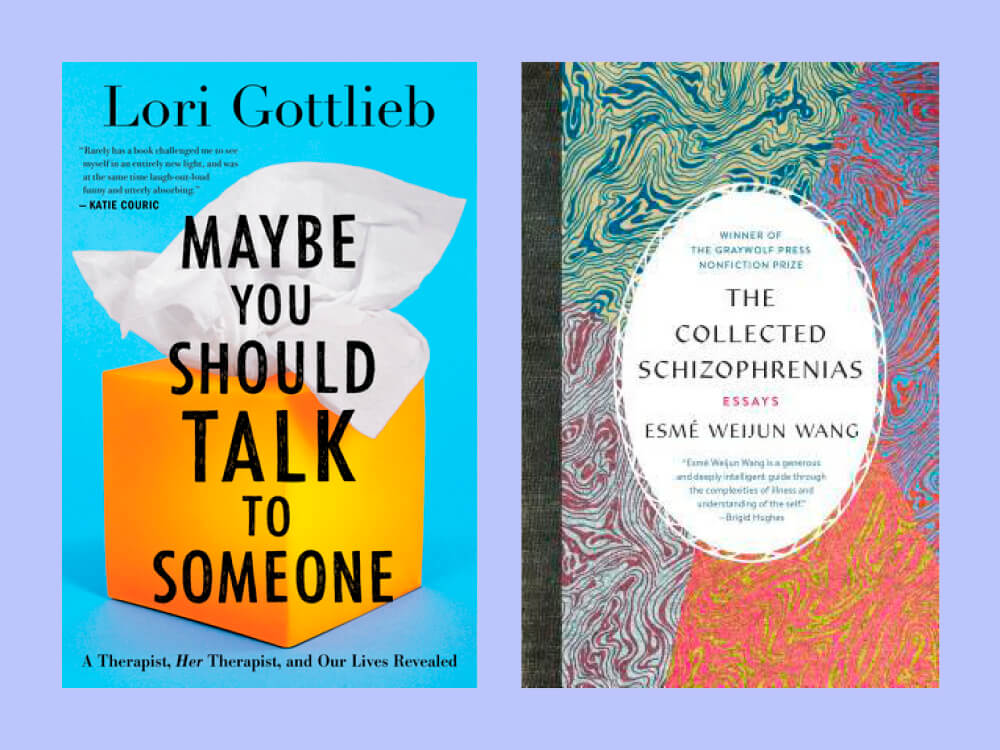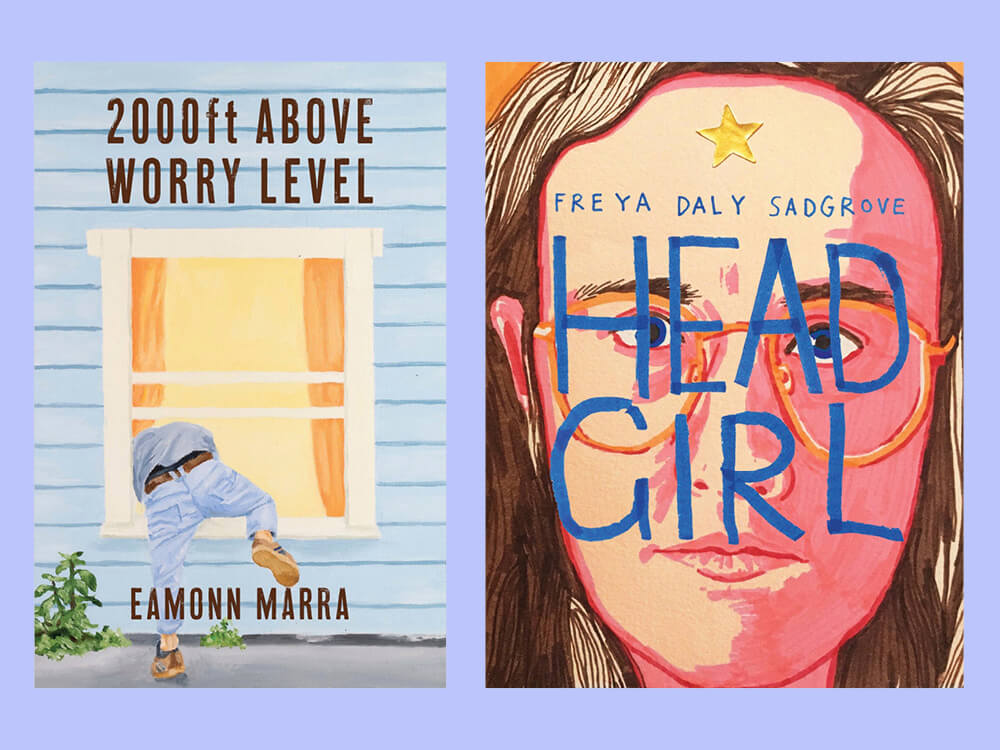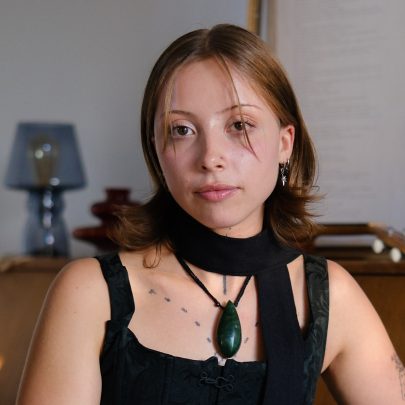Apr 3, 2020 Books
There’s nothing like reading about other people’s problems. It puts things, if not in perspective, at least in a wider context of futility. Perhaps it’s a lazy categorisation to say everything I’ve been reading lately has heavy ‘mental health awareness week’ overtones to it — after all, you could say that about 75% of literature and nobody’s going after Anna Karenina with the DSM-5. But the beginning of 2020 has brought an influx of amazing books that explore mental health issues with great insight and humour.
February brings two brilliant debut titles from Victoria University Press — 2000ft Above Worry Level by Eamonn Marra and Head Girl by Freya Daly Sadgrove. Sadgrove’s poetry is staggeringly good — not only is she one of the funniest people alive, but she has that uncanny knack of saying profoundly true things in the most offhand way, with the air of someone effortlessly throwing a basketball over their shoulder into the hoop. I’ve been dying for Marra’s book ever since I heard his bitterly funny short story “My Friend Rod” on RNZ. There is a kind of magical deadpan quality to his work which is simultaneously hilarious and despairing. His stories have an effortless, compulsive quality to them. Both collections deal heavily with themes of depression and anxiety, but, like, with jokes.
It’s been a six-year wait for the new Jenny Offil, whose stunning, fragmentary novel Dept. of Speculation ruined everyone’s marriages. Her new book, Weather, is written in the same characteristic style; grimly funny vignettes slowly escalating in tension. Weather is about a woman moonlighting as a fake psychiatrist, answering fan mail for her former mentor. Perfect.

Rabbits For Food by Binnie Kirshenbaum is a grimly funny novel about Bunny, a writer with depression who ends up in a New York psych ward after a New Year’s dinner party sends her over the brink. The pleasure of this book lies in the banality of day-to-day life within the institution, and the author’s wry, morbid sense of humour as she recounts the wince-inducingly earnest art-and-craft sessions and her evolving relationships with the other patients.
In the Dream House by Carmen Maria Machado (author of Her Body & Other Parties) is an experimental memoir about an abusive lesbian relationship — told in short fragments, exploring the relationship through various concepts like “Dream house as Bildungsroman” and “Dream house as Stoner Comedy”. Despite the experimental format, it has all the momentum of a runaway train barrelling down a ravine towards an orphanage. Already one of the best books of the year, and it’s only February.

Maybe you Should Talk To Someone is a memoir by US psychotherapist Lori Gottlieb which explores her work as a therapist through a series of case studies and her own time on the couch, working through her recent break-up. It’s a straightforward, interesting read for Jungian dunces like me, especially the part about the sociopathic scriptwriter who writes the patient/therapist relationship into his hit (undisclosed) TV series. Reads like a novel-length advice column.
The Collected Schizophrenias: Essays by Esme Weijun Wang is part memoir, part cultural history. Wang writes with cool, clinical honesty about her own experience living with schizoaffective disorder (not diagnosed until her 20s), bringing history, neurobiology and all the surrounding cultural baggage of mental illness to bear on her experiences in 13 fascinating essays.
This piece originally appeared in the March-April 2020 issue of Metro magazine, with the headline ‘Heady issues’.






